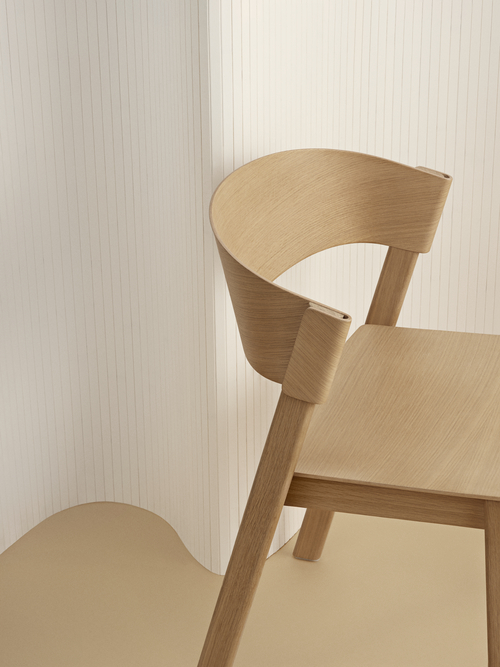Before becoming a designer, I was trained as a carpenter and worked as such for some years before enrolling at the design school in Copenhagen. Working as a carpenter taught me the importance of taking care of one’s tools and reducing the amount of materials used as well as giving me an appreciation of working with my hands, even thinking through them at times too. I was born and raised in Denmark; a country where the values of craftsmanship—the notion of doing things properly to a high standard—are an inherent part of daily life. I find that Scandinavian craftsmanship is shaped by its emphasis on quality above everything else, birthed from a desire to simplify and refine one’s work for it to have a democratic appeal; making it relevant for the many rather than the few.
Select country
our guess is, you're located in

thomas bentzen
an essay on
scandinavian
craftsmanship


Craftsmanship is felt not only through the physical quality of a design but even more so through its aesthetical appearance, with its expression becoming informed by the possibilities and constraints of craftsmanship. I always strive to challenge these very boundaries within every project that I do, allowing for me to continuously question my ways of working and, in turn, maybe even expanding the very potential of craftsmanship as a whole.


Materiality is something that will always play its part within craftsmanship and to me, Scandinavian materiality is concerned with the idea of using materials in the right way while also presenting them as means in achieving your desired function. In that sense, materials at once present the opportunities and boundaries of a design.

Being a designer, the element of craftsmanship trickle down through every step of your process: From the initial sketches to small-scale models over technical drawings to making the tools for production and fine-tuning the final design for large-scale manufacturing.
With the Cover Side Chair, form-pressing the curved back in thin veneer into its elegant shape was only possible due to the skillful craftsmen at the production site that were so deeply embedded in the properties of the material while having an appreciation of large-scale production that allowed for us to take something which was incredibly hard to create in the first place into a large-scale production. Through that, the idea of creating a design that referenced the ideals of Scandinavian craftsmanship yet at an accessible price point was fulfilled. I find that moments like those serve as thoughtful reminders to myself as a designer; that I am simply a piece within a large process in which I am are largely dependent on the skillful minds and hands of others.
— Thomas Bentzen




